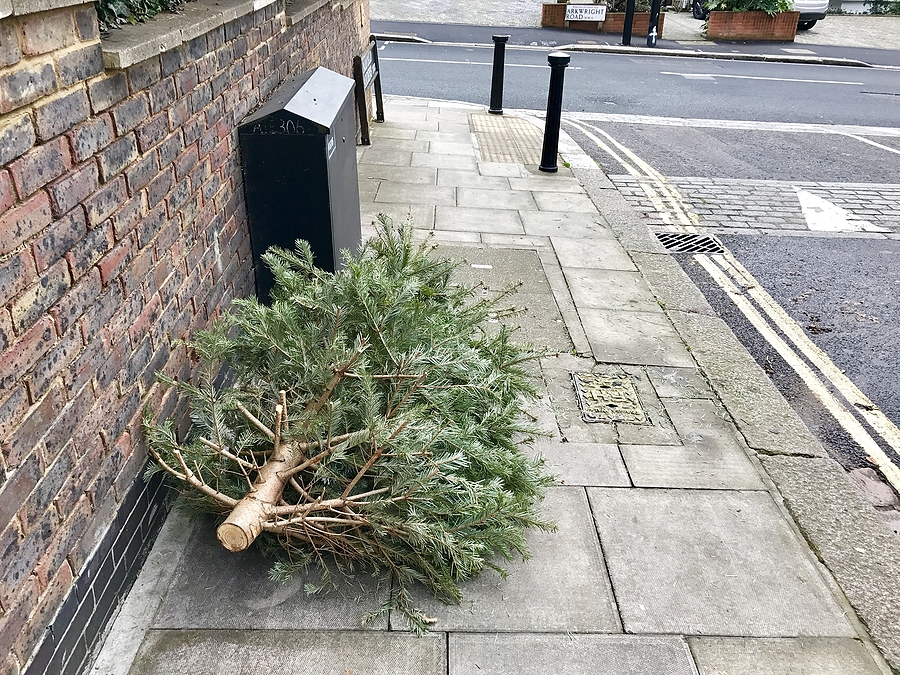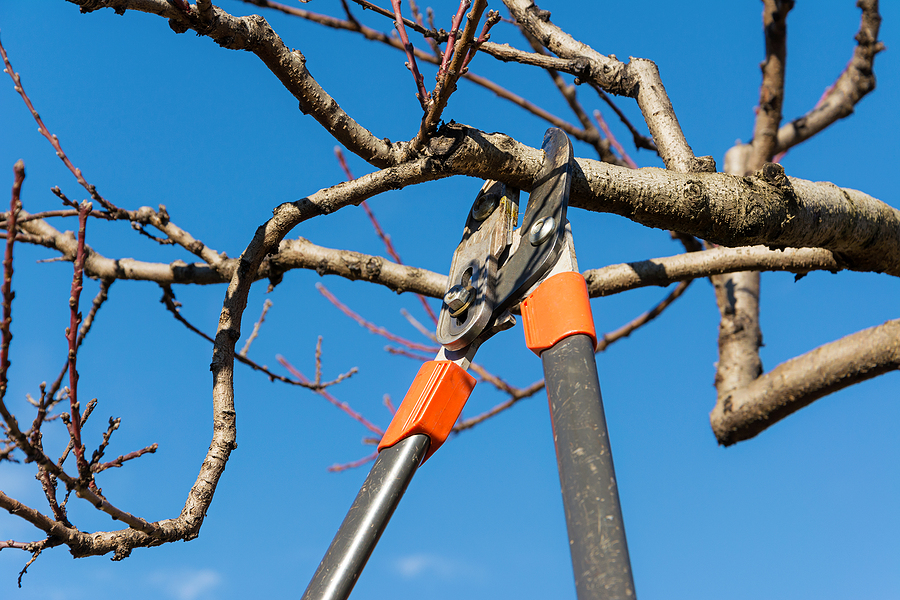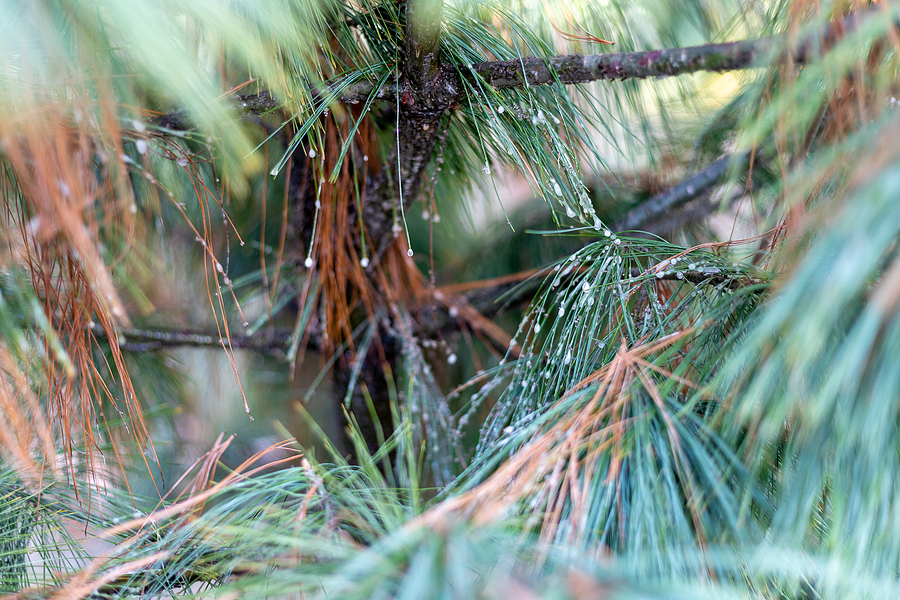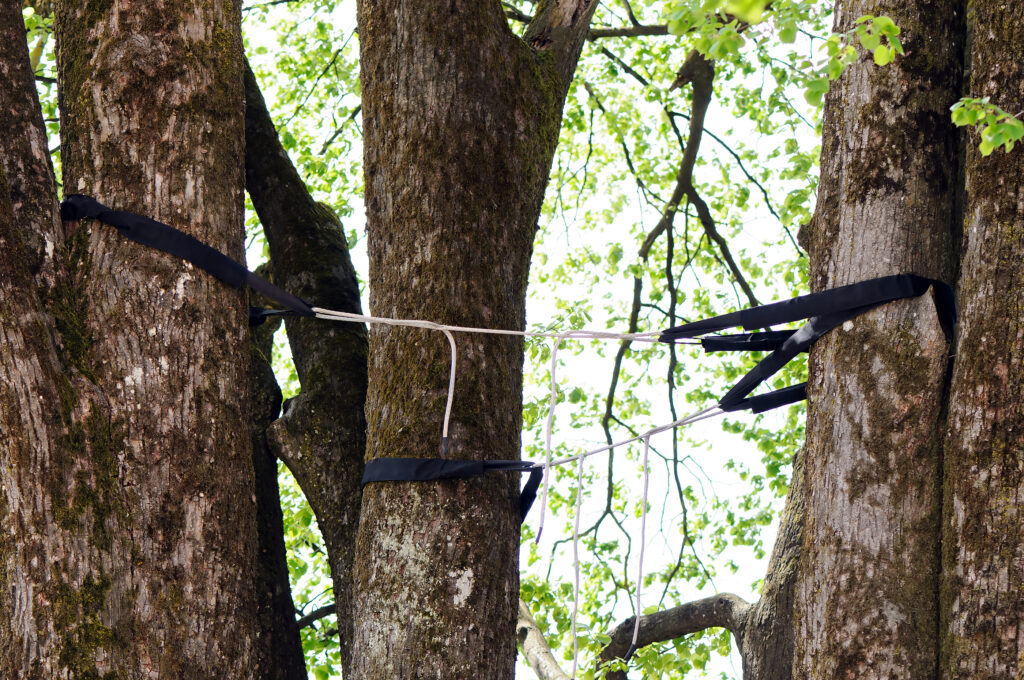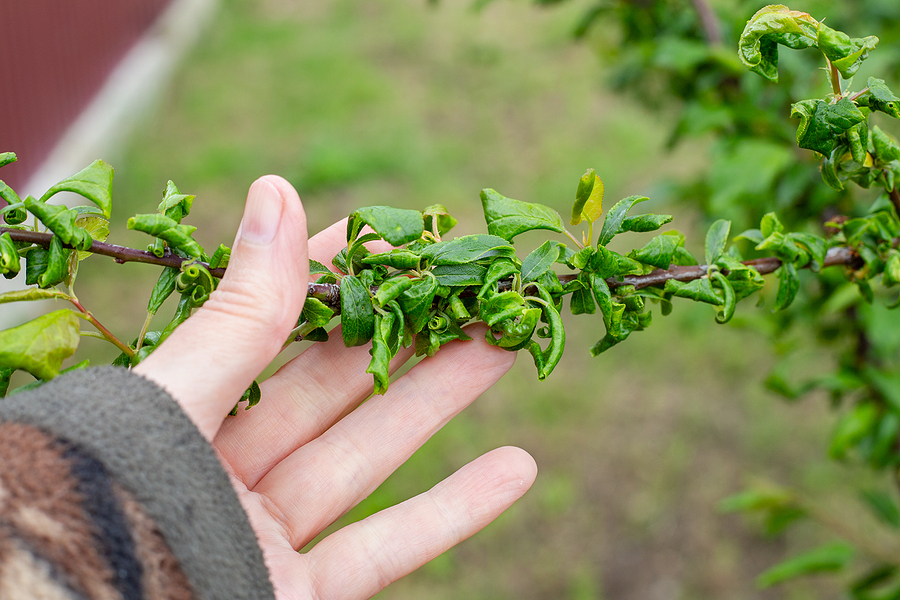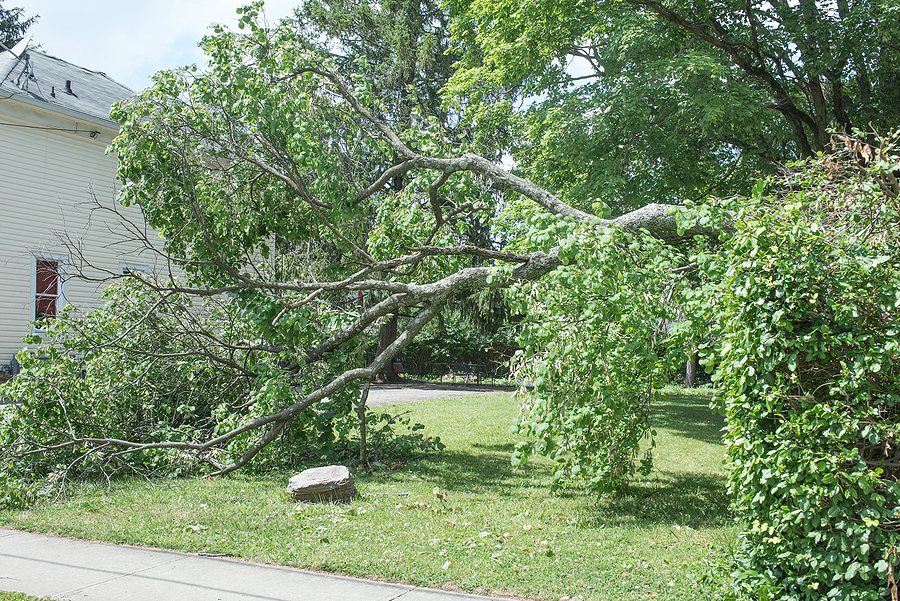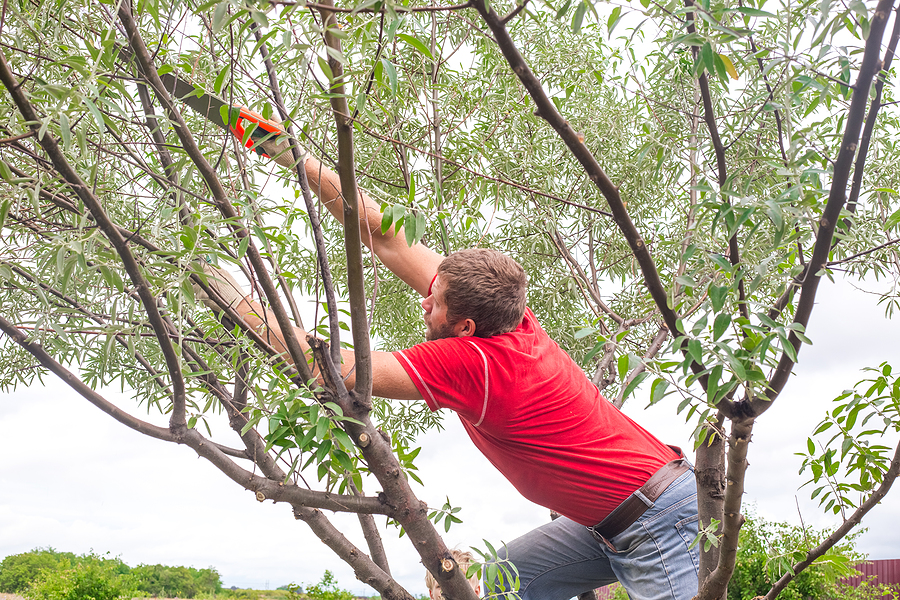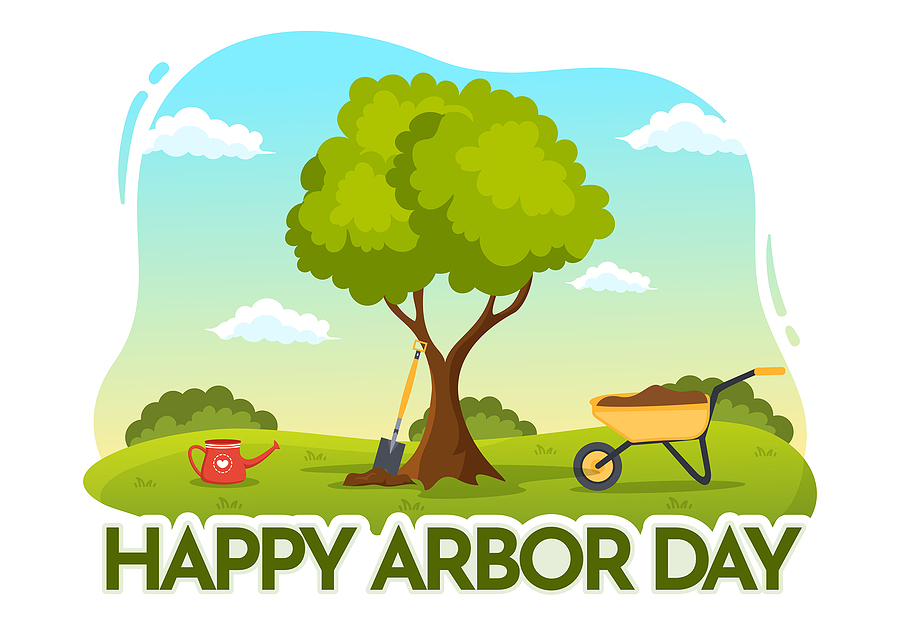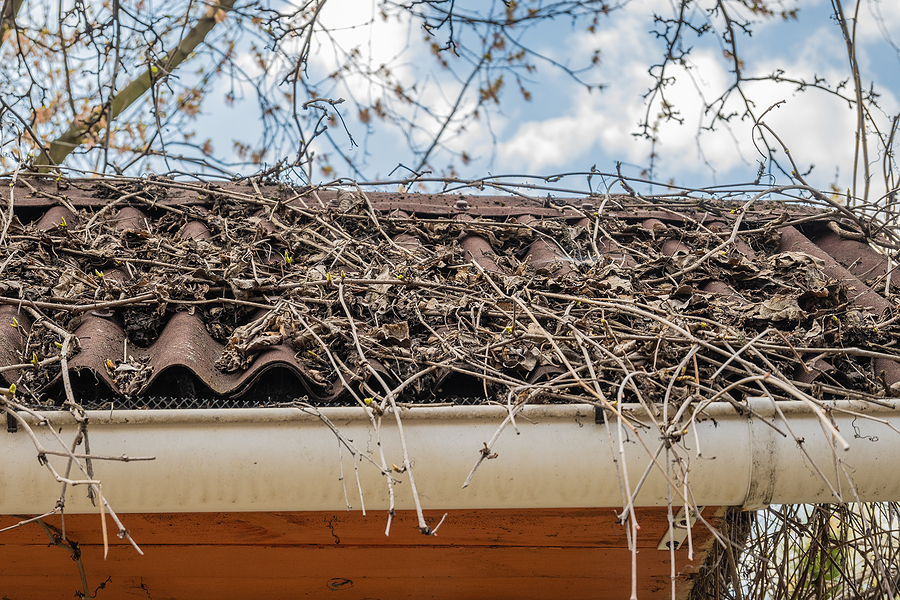Landscaping trees are not only a vital part of our green spaces’ aesthetics but also integral for the environment’s well-being. However, trees in our gardens face a variety of challenges, from the seasonal onslaught of wind and rain to the wear and tear of urban environments. Ensuring they stand tall, quite literally, is a concern for every gardening aficionado and homeowner.
In this comprehensive guide, we will explore the art of providing structural support to your landscaping trees. By understanding the why, the how, and the common pitfalls, you’ll be equipped to enhance tree health, prevent damage, and ultimately create a safer, more beautiful outdoor space.
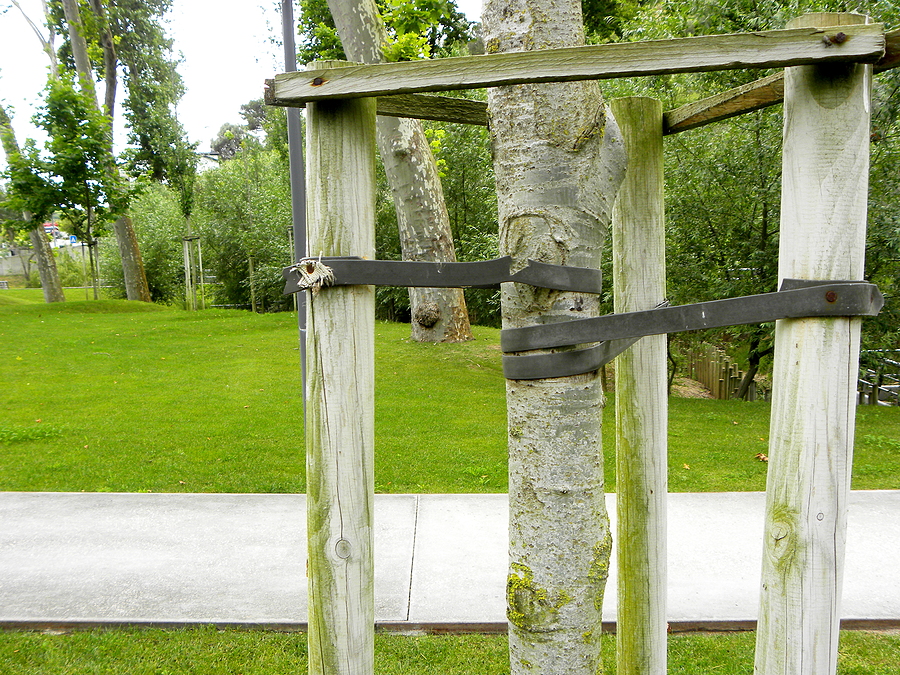
Why Tree Structural Support Matters
Tree Health and Longevity
Structural support contributes to the overall health and longevity of trees, especially when they are young and in the process of establishing their roots. Well-supported trees can direct more energy into root and canopy growth, making them more resilient and robust over time.
Adverse Weather Conditions
Trees, while robust, can still be vulnerable to the elements, particularly in the early years. Storms and high winds can lead to leaning, uprooting, or broken branches. Proper support can minimize these risks, safeguarding your investment in a thriving landscape.
Methods of Tree Support
Staking Techniques
Staking is a traditional method of support, often used with newly planted trees. It involves securing the tree to a sturdy post with straps or ties. However, it’s essential to monitor staked trees, as over-reliance can stunt natural trunk development.
Guying and Cabling Methods
For larger trees or those in wind-prone areas, guying and cabling become valuable tools. Guying uses stakes and strong wires or ropes to stabilize the tree’s trunk, while cabling can support significant branches, maintaining a more balanced canopy.
Bracing and Pruning Practices
Bracing, typically an intervention after storm damage, involves constructing a support system for weakened trunks or limbs. Pruning, when done strategically, can reduce the weight and wind resistance of a tree, decreasing the need for additional structural support.
Benefits of Proper Tree Support
Improved Growth and Stability
Properly supported trees can grow straighter and more vertically, without the need to compensate for leaning or storm-induced damage. This promotes a more balanced crown and even canopy distribution.
Protection Against Breakage and Uprooting
The most direct benefit of tree support is the protection it affords against the two most common and potentially catastrophic outcomes of tree damage—branch breakage and full tree removal due to uprooting.
Common Mistakes to Avoid
Over-Reliance on Support
One of the most common mistakes in tree support is an excessive and prolonged use of staking or bracing, which can prevent a tree from developing the necessary strength to support itself in the long term.
Incorrect Installation Practices
Improperly installed support systems can actually cause harm. This includes driving stakes into roots, using materials that cut into the bark, or applying tension that is too lax or too tight, which can stress or deform the tree.
DIY Over Professional Installation
While a well-informed homeowner can handle basic support needs, complex situations warrant the expertise of professional tree care specialists. Professional assessment and installation can ensure the highest standards of tree care are met.
Conclusion
The proper care and support of landscaping trees are more than a matter of aesthetics; it’s an investment in the environment and your home. By understanding the importance of structural support and the methods employed to maintain it, you will play a critical role in the well-being of your garden’s arboreal residents. Remember, the goal is not just to keep trees standing but to help them grow into the majestic, enduring symbols of strength that they are meant to be in our outdoor spaces.
Are you looking for professional tree care near Indy? Contact Timberland Tree Care at 317-348-0811 for licensed and insured seasonal tree service in Indianapolis, Indiana. We provide residential and commercial tree care solutions at economical prices.
Related Posts:
Tree Cable Installation: Tools, Techniques, and Tips
Can a Leaning Tree Be Set Straight?
Should I Stake My Trees?

